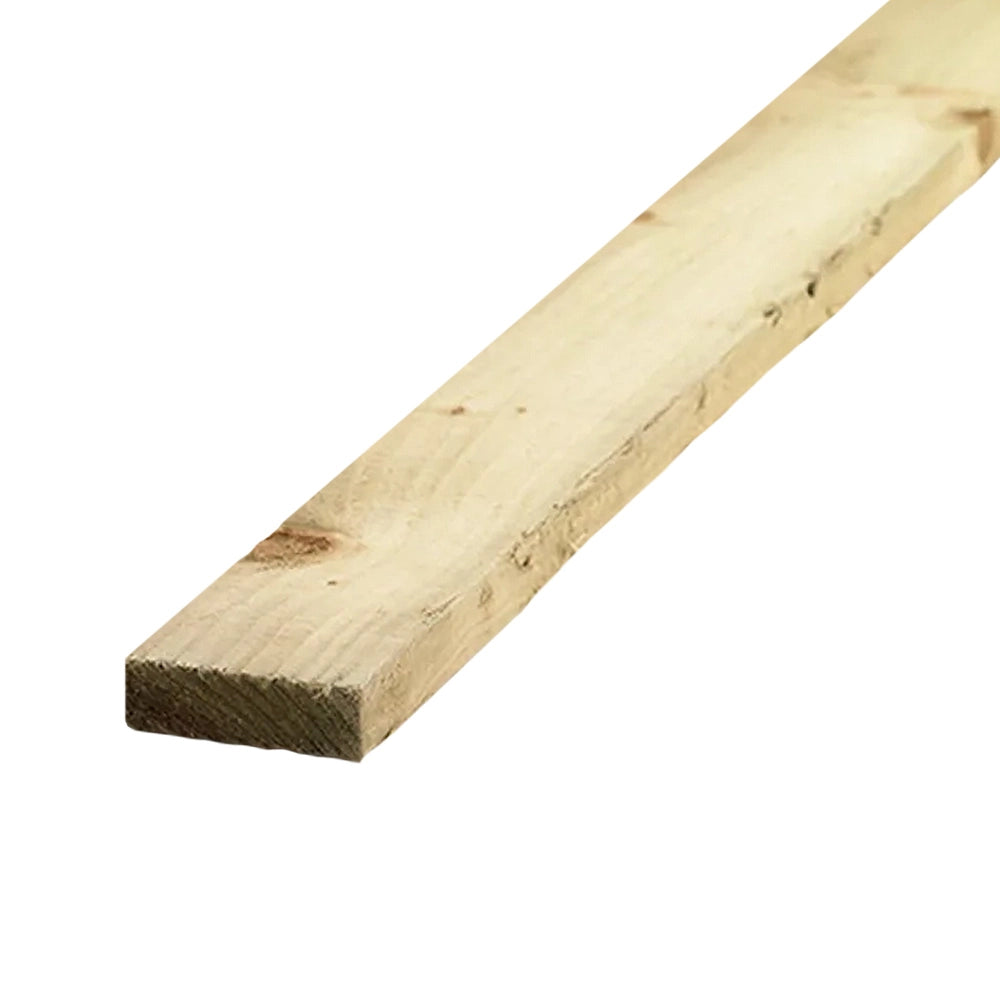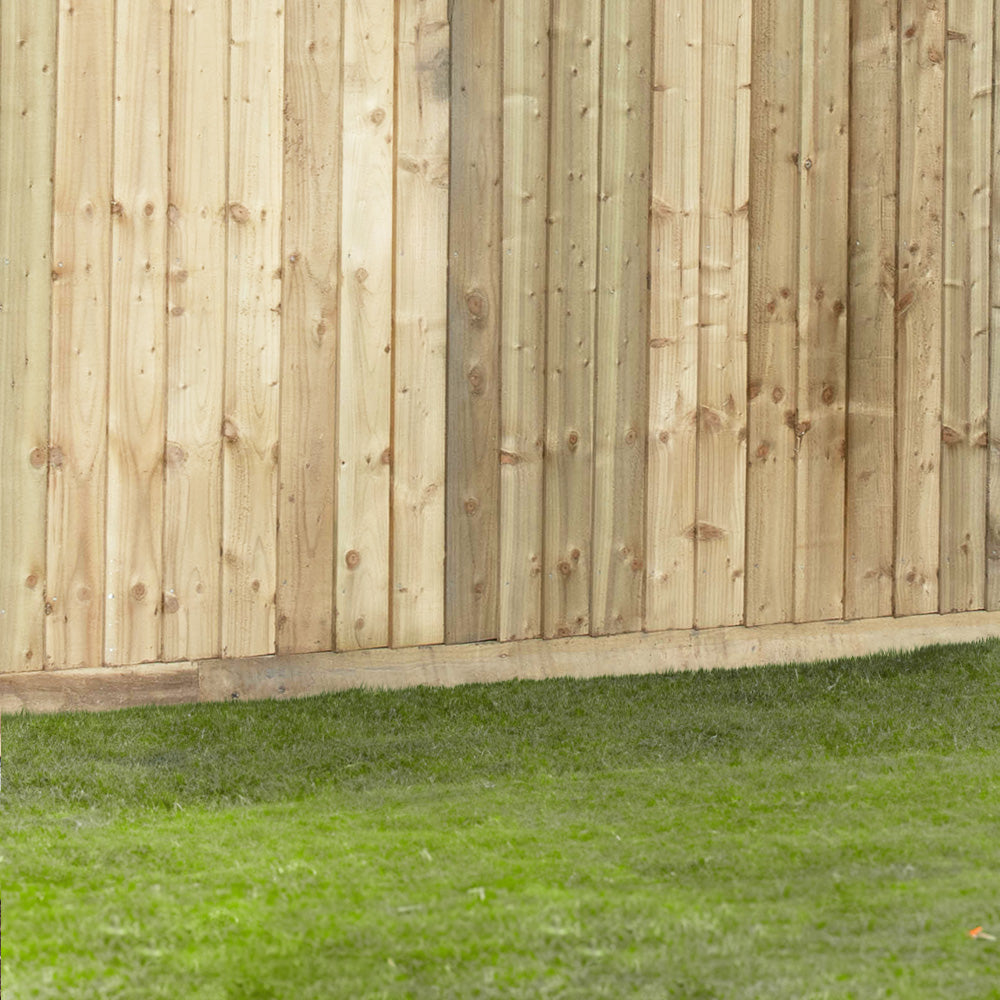22mm x 100mm Sawn Carcassing Green Treated Gravel Board (Sold per m)
22mm x 100mm Sawn Carcassing Green Treated Gravel Board (Sold per m) is backordered and will ship as soon as it is back in stock.
Ideal for fencing, these treated timber wooden gravel boards (22x100mm) are typically used below fence panels and feather-edge boards to keep them raised above ground level - protecting them from rot and pest attack and prolonging their lifetime. They are also ideal for “hit-and-miss” style fencing and for outdoor projects such as raised beds.
These timber gravel boards have a sawn finish and are pressure treated to resist moisture and pest, resulting in a slight green tint. We recommend further treatment of fences using our exterior woodcare.
These wooden carcassing boards are sold by the metre as lengths may vary depending on availability in your delivery area. The most common lengths are 4.8m. If you need specific lengths, please call us before ordering.
- Suitable for fencing
- FSC Certified Timber
- Treated to UC2 with a slight green tint
- Rough sawn finish
- Priced per meter - please order the total meterage required
-
Size
-
LengthSold per metre
-
Width100mm
-
Material
-
Finish
-
Chain of Custody Scheme
Large Order or Specific Requirement?
CALL OUR TEAM
0115 6976 800





